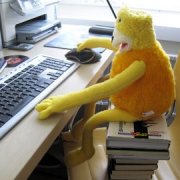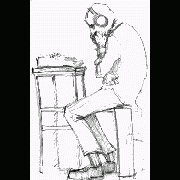-
Recently Browsing 0 members
- No registered users viewing this page.
-
Similar Content
-
- 19 replies
- 2,133 views
-
- 1 reply
- 1,154 views
-
- 5 replies
- 1,812 views
-
- 1 reply
- 1,866 views
-
- 0 comments
- 3,617 views
-






Recommended Posts
Create an account or sign in to comment
You need to be a member in order to leave a comment
Create an account
Sign up for a new account in our community. It's easy!
Register a new accountSign in
Already have an account? Sign in here.
Sign In Now